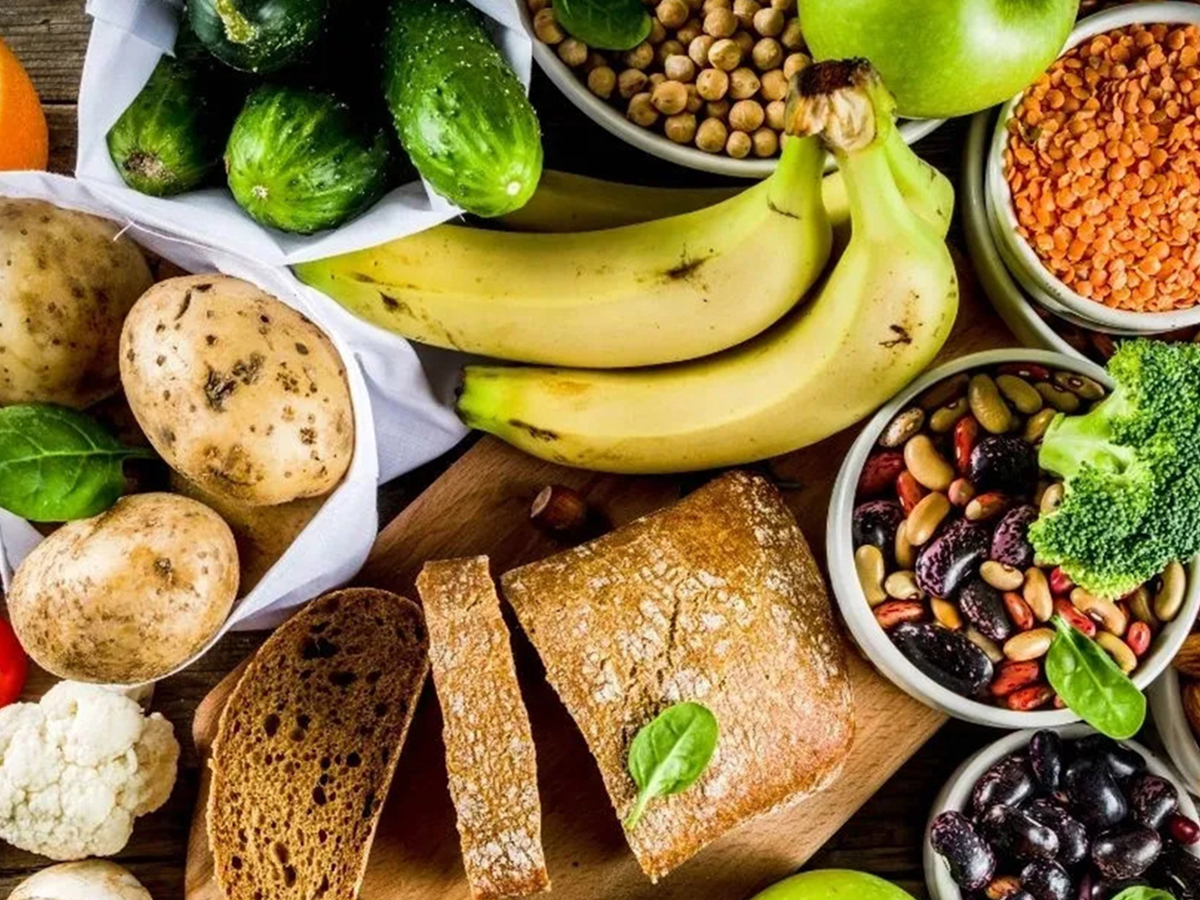When it comes to losing weight, quite a few people have the idea that it’s all about keeping away from unhealthy food and sticking to healthy ones. For many, they are taught to see food as the enemy and scales as the ultimate judge. But what if we looked at healthy eating from a different point of view? Instead of dieting, let’s focus on nourishing. Instead of starving, let’s focus on fuelling. Your body is an incredible, complex machine, and like any machine, it needs the right fuel to perform at its best. When you provide it with that fuel (i.e. the right nutrients in the right quantities), the body not only functions more efficiently but also finds its natural, healthy equilibrium.
Sustainable weight loss is not about a temporary, drastic diet to help you lose weight in the short term; it is the positive outcome of building a healthier, more mindful relationship with food. It’s really about choosing to fuel your body with intention and care. This approach moves beyond simple calorie counting and into the realm of holistic well-being, where energy, vitality, and health are the true measures of success. Whether you’re following a Guelph weight watchers program or building a healthier diet on your own, these tips are designed as foundational principles to help you fuel your body effectively, allowing weight loss to become a natural consequence of a healthier lifestyle.
Here are some essential healthier eating tips to guide your journey:

1. Prioritize Whole, Unprocessed Foods
The cornerstone of any healthy eating plan is the emphasis on whole foods. These are foods that are as close to their natural state as possible. Think vibrant fruits and vegetables, lean proteins like chicken breast and fish, legumes like lentils and chickpeas, and whole grains such as quinoa, oats, and brown rice. These foods are packed with the essential vitamins, minerals, and antioxidants your body craves for optimal function. Their nutritional density means you are getting more value with every bite.
When your plate is filled with a colourful array of whole foods, you are providing your body with a complex toolkit to build and repair tissue, produce energy, and support your immune system. Moving towards a whole-foods-based approach also naturally reduces your intake of highly processed items, which often contain added sugars, unhealthy fats, and sodium without offering much nutritional benefit.
2. Embrace the Power of Fibre
Fibre is an unsung hero in the world of nutrition and weight management. This type of carbohydrate (typically found in plant-based foods) is crucial for digestive health and has a remarkable effect on satiety—the feeling of being full and satisfied after a meal. There are two types of fibre, soluble and insoluble, and both play important roles.
Soluble fibre (present in apples, oats, and beans) dissolves in water, forming a gel-like substance that slows down digestion. This process helps to stabilize blood sugar levels, preventing the sharp spikes and crashes that can lead to cravings for sugary snacks. Insoluble fibre (found in whole grains and vegetables like carrots and celery) adds bulk to your stool, promoting regularity. By making you feel fuller for longer, a high-fibre diet naturally helps you manage your portion sizes and reduce overall energy intake without feeling deprived.
3. Hydration is a Non-Negotiable Pillar
As any Guelph obesity specialist might tell you, water is fundamental to nearly every process in your body, including metabolism. Proper hydration ensures your body can efficiently convert food into energy. Sometimes, it’s easy to mistake the body’s signals for thirst as hunger pangs instead. Before you decide you’ve got the munchies, try grabbing some water and waiting a few minutes first. You might find that you were simply thirsty. Aiming for around two litres of water per day is a great general target. Carrying a water bottle is an effective reminder to have some drinks throughout the day. If you find plain water a little too plain, you can infuse it with slices of lemon, cucumber, or mint for a touch of flavour. Herbal teas also contribute to your daily fluid intake. Prioritizing hydration supports your metabolism, aids in digestion, and helps you stay more in tune with your body’s true hunger signals.
4. Practise Mindful Eating
For many people with on-the-go lifestyles, meals are often rushed and consumed, and frequently eaten while distracted by screens or work to boot. Mindful eating is the practice of being in the moment and bringing your full attention to the experience of eating. This means turning off the television, putting away your phone, and truly focusing on your food.
Learning how to be mindful as you eat is a simple enough task once you know how. Pay close attention to the colours, smells, textures, and flavours of your meal. Chew each bite slowly and deliberately. This simple act of slowing down gives your brain the time it needs to receive signals from your stomach that you are becoming full. This enhanced awareness helps you to recognize your body’s natural hunger and satiety cues more accurately, preventing you from eating past the point of comfortable fullness.

5. Achieve Balance on Your Plate
A well-balanced meal contains a healthy mix of all three macronutrients: protein, carbohydrates, and fats. Each one plays a vital role in keeping a body heathy and well-fueled. Protein is essential for building and repairing muscle, and it is also highly satiating. Include sources like fish, poultry, tofu, or legumes in every meal. Carbohydrates are your body’s primary energy source. Opt for complex carbohydrates like sweet potatoes, quinoa, and whole-grain bread, which release energy slowly and keep you feeling energized for longer. Healthy fats, found in avocados, nuts, seeds, and olive oil, are crucial for hormone production and the absorption of certain vitamins. A simple visual guide is the “healthy plate” model: load half your plate with vegetables and fruits, one-quarter of the plate with lean protein, and the last quarter with complex carbohydrates, complemented by a source of healthy fat.
6. Plan Your Meals and Snacks
Failing to plan can often lead to impulsive food choices, especially when you’re hungry and short on time. Taking an hour or two each week to plan your meals ahead of time can make a world of difference. Decide what you’ll eat for your main meals and organize a shopping list based on that plan. This strategy eliminates guesswork and reduces the temptation to order takeaway or grab processed convenience foods. It’s also wise to have healthy snacks readily available for when hunger strikes between meals. A piece of fruit, a small handful of almonds, a container of Greek yogurt, or some pre-cut vegetable sticks with hummus are all excellent choices that can tide you over without derailing your healthy eating efforts.
Healthy dieting doesn’t mean denying yourself proper meals or temporarily adjusting what you eat until you lose weight. Instead, aim to make a few meaningful changes to how and what you eat to keep yourself satiated and on a well-rounded diet of healthier food options. By shifting your focus from restriction to nourishment, you’re not only making a commitment to eat healthier, but committing yourself to a more holistic approach to losing weight. Healthy dieting doesn’t have to mean denying yourself everything tasty; with a little adjustment, you can eat healthy and keep your stomach full at the same time.
There’s no reason you have to handle your weight loss journey by yourself. At HOW Clinic, we provide a wide range of weight loss programs and treatments to make losing weight easier and healthier than if you went it alone. Give us a call now at (519) 340-2744 for an easier, more healthy weight loss journey.

